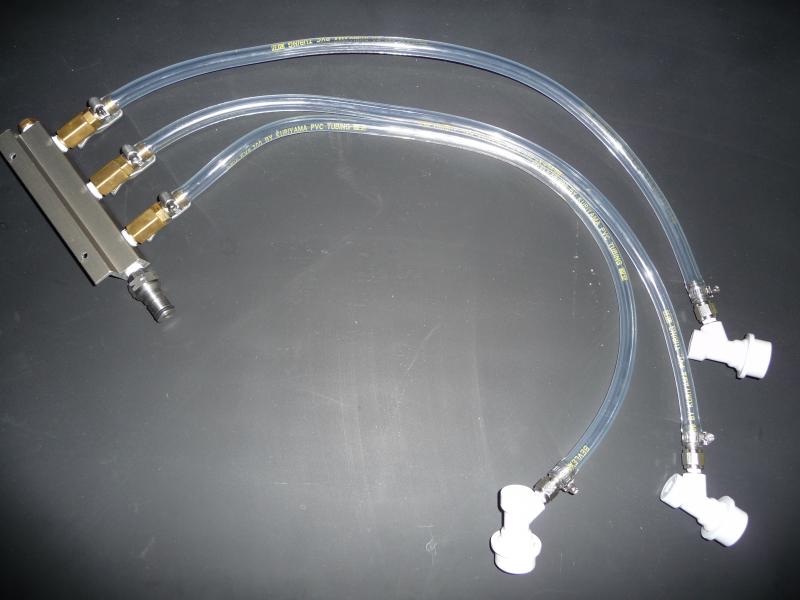lamarguy
Well-Known Member
I'm interested in doing this and am wondering if anyone can comment on the extent of ester reduction? Are we talking major suppression or barely detectable or what?
I've brewed the same beer (Irish Red) both ways with Pacman (mutated 1056) and there is a noticeable difference in ester production. I've found that non-pressurized fermentation at 60F is equivalent in taste to 64F pressurized fermentation (1psi - 12 psi over 4 days) for that particular yeast strain.
The first pressurized batch was fermented at 60F and it developed diacetyl, so I had to do a 48hr rest at 68F. There was a very slight hint of diacetyl after the rest, but you really had to look for it. Fermenting at 64F resolved the problem with no increase in esters.
You'll need to experiment with your yeast strain at various temperatures and pressures to fine tune the product. But yes, there is a noticeable reduction in esters.



